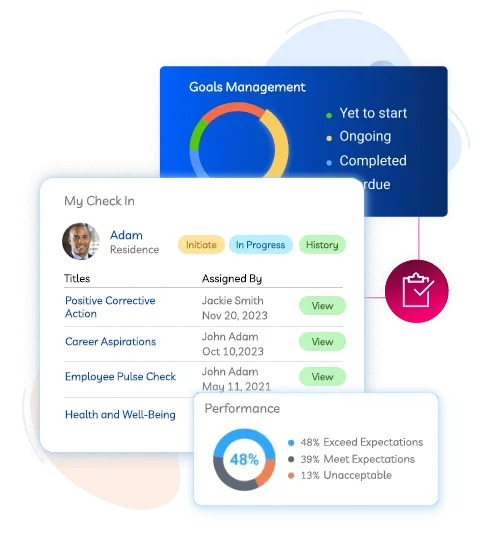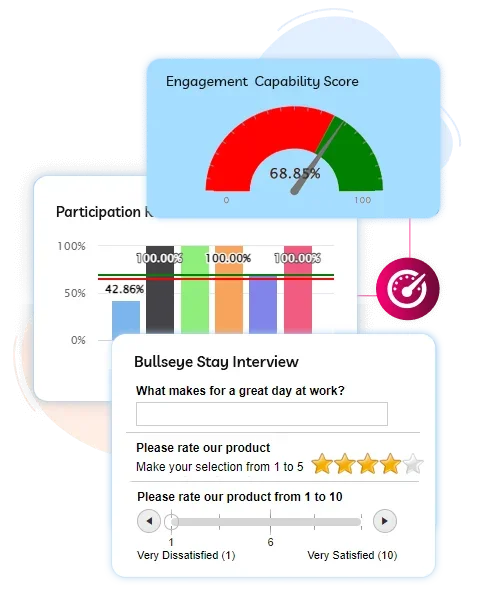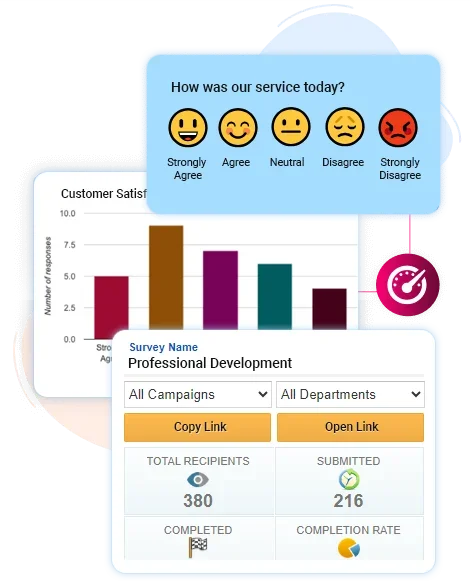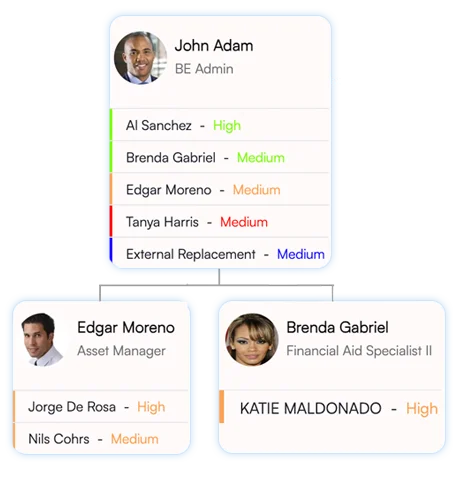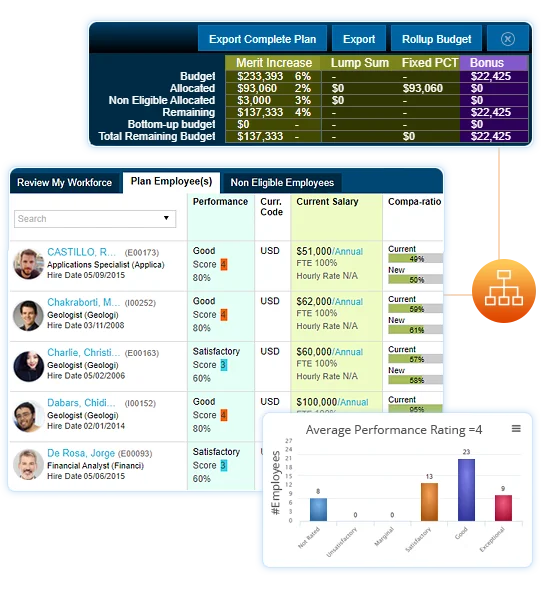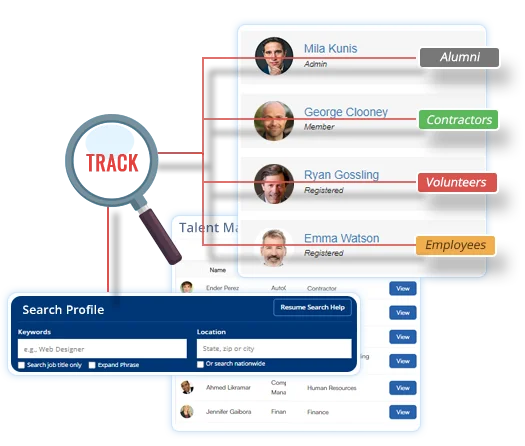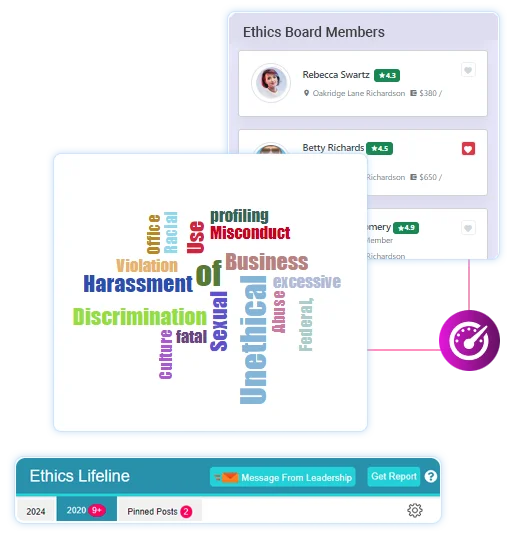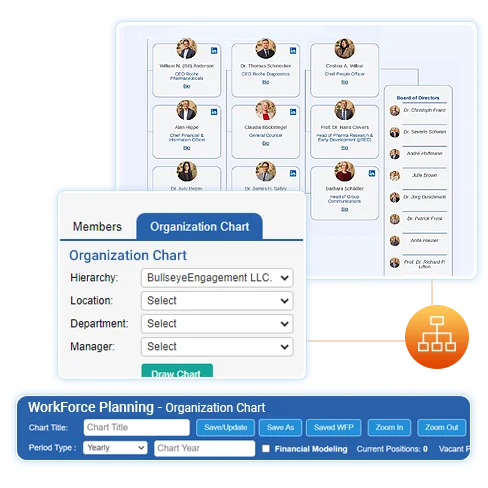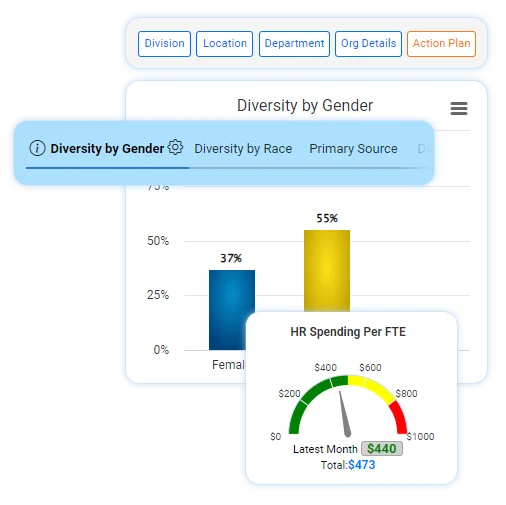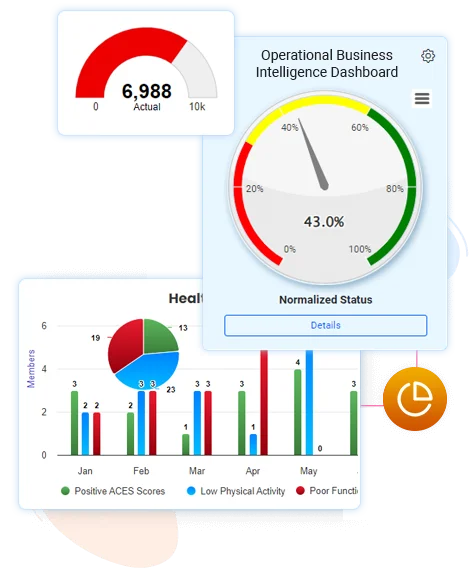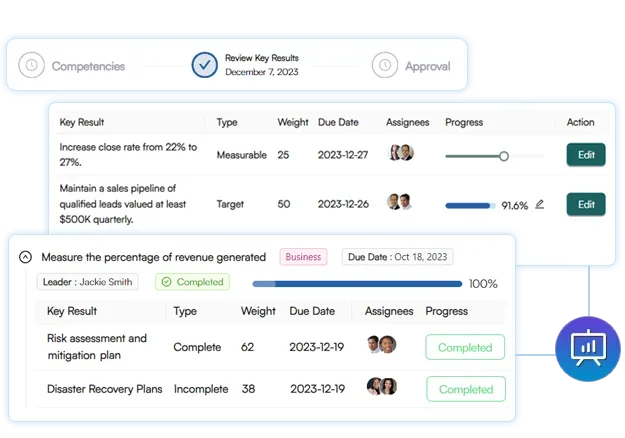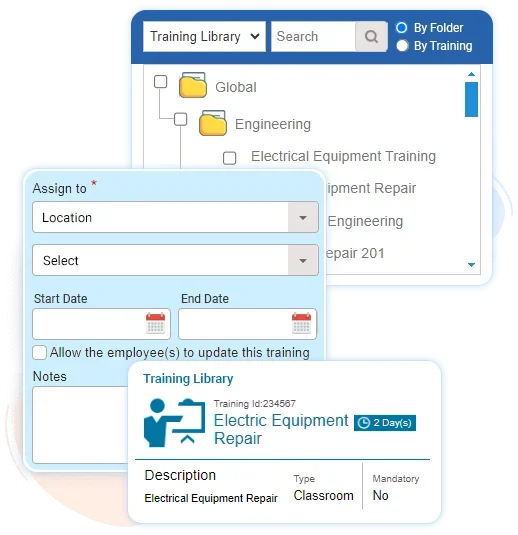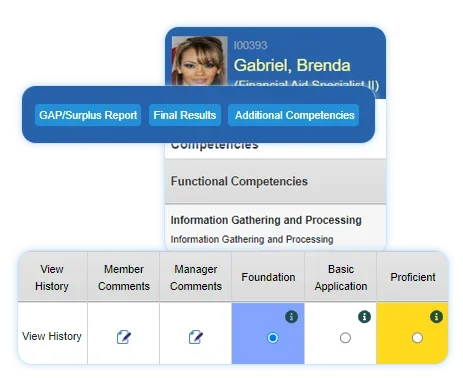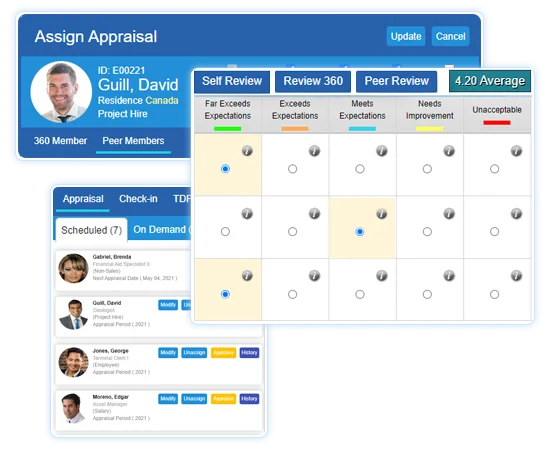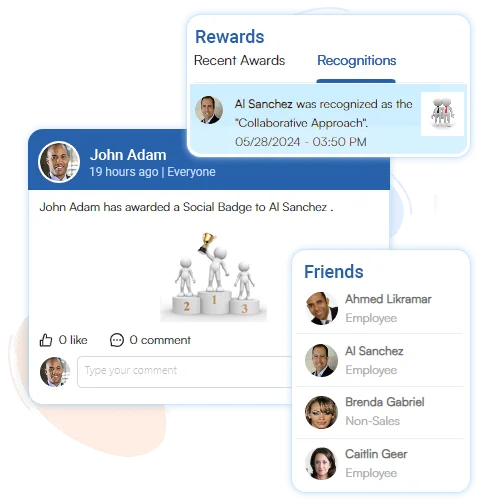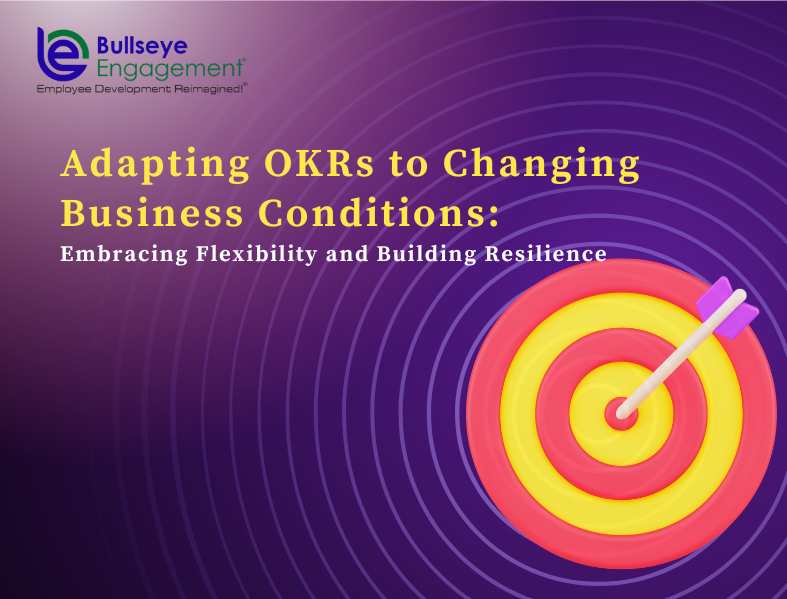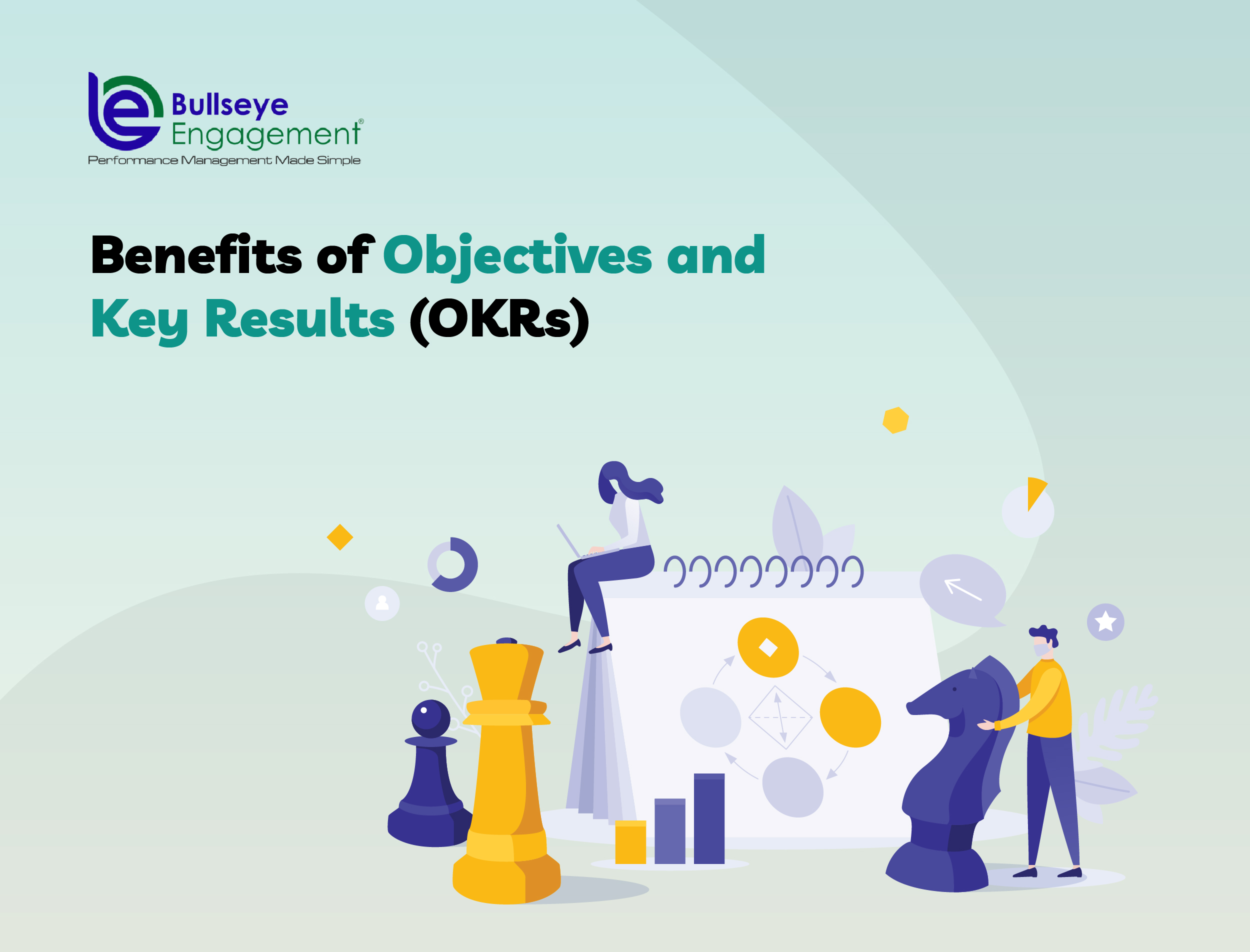Adapting OKRs to Changing Business Conditions: Embracing Flexibility and Building Resilience
Introduction
In today’s fast-paced business landscape, adaptability is not just a desirable trait – it’s a necessity. As organizations navigate through unpredictable changes and challenges, the ability to pivot and adjust strategies becomes crucial for sustained success. This is where the flexibility of Objectives and Key Results (OKRs) shines. In this blog post, we will explore how to adapt OKRs to changing business conditions, ensuring that your organisation remains resilient and aligned with its objectives.
Understanding OKRs: A Brief Overview
Before we dive into the dynamic aspect of OKRs, let’s recap their essence. OKRs stands for “Objectives and KeyResults.” This collaborative goal-setting methodology empowers teams and individuals to set ambitious, measurable goals that align with the organization’s-broader mission. In simple terms, objectives represent what you want to achieve, while key results are specific, measurable outcomes that indicate progress towards those objectives. OKRs provide a roadmap for tracking progress, fostering alignment, and promoting engagement around these measurable goals.
The Power of Flexibility in OKRs
At its core, the OKR framework is designed to encourage focus, alignment, and transparency. However, rigidity in adhering to predefined goals and key results can hinder an organization’s ability to respond effectively to evolving circumstances. Instead, embracing flexibility within the OKR process allows for quick adjustments and realignments as situations change.
1. Regular Check-ins and Iterations: Build flexibility into your process by emphasizing regular checkins. These provide opportunities to assess progress, identify roadblocks, and pivot if necessary. By conducting frequent reviews, teams can collectively adjust their OKRs to better align with shifting priorities.
2. Adjusting Key Results: If unexpected challenges arise, the flexibility of OKRs allows teams to modify key results while keeping the overarching objective intact. This ensures that efforts are still directed toward the ultimate goal, even if the path to achieving it evolves.
Building Resilience through OKRs
Resilience is the ability to bounce back from adversity and continue moving forward. OKRs can serve as a powerful tool for cultivating resilience within your organization by fostering adaptability and encouraging a growth mindset.
1. Encouraging Experimentation: In rapidly changing conditions, the fear of failure can be paralyzing. However, OKRs promote a culture of experimentation, where teams are encouraged to take calculated risks and learn from both successes and setbacks.
2. Embracing Learning Objectives: Incorporating learning objectives within your OKRs acknowledges that growth often comes through learning and adapting. These objectives encourage employees to acquire new skills, explore innovative solutions, and expand their capabilities.
Practical Strategies for Adapting OKRs
1. Realignment, Not Abandonment: When faced with unexpected changes, resist the urge to abandon your OKRs entirely. Instead, assess the impact on your current objectives and consider how they can be adjusted to remain relevant.
2. Reassess Priorities: In rapidly changing markets, priorities can shift overnight. Encourage teams to regularly reassess their OKRs in light of changing business conditions, ensuring that efforts are directed towards the most impactful goals.
3. Transparent Communication: Open and honest communication is key to adapting OKRs successfully. Encourage teams to share challenges, propose adjustments, and collaborate on solutions to keep everyone aligned.
4. Cross-Functional Collaboration: Changing business conditions often require a collaborative effort. Encourage cross-functional teams to come together and recalibrate their OKRs collectively, leveraging diverse perspectives to find the best path forward.
5. Scenario Planning: Develop multiple scenarios to anticipate potential changes in the business landscape. By incorporating these scenarios into your OKRs, you can prepare for different outcomes and pivot more swiftly when needed.
Conclusion
The ability to adapt and remain resilient in the face of change is a hallmark of successful organizations. By infusing flexibility into your OKR process and embracing the lessons of adaptability and resilience, your teams can navigate through uncertainty with greater confidence and purpose. Remember, the power of OKRs lies not only in achieving specific objectives but also in the journey of growth, learning, and evolution that they facilitate. As you embark on this journey, keep in mind that adapting OKRs to changing business conditions is not just a strategy – it’s a mindset that will propel your organisation toward a more resilient and successful future.
